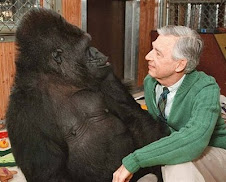Incorporeal volitions cannot move the corporeal pineal gland because this would violate the law of the conservation of energy. Descartes did not have this problem because he did not know this law...
As philosophy reduced the pineal gland to just another part of the brain and science studied it as one endocrine gland among many, the pineal gland continued to have an exalted status in the realm of pseudo-science. Towards the end of the nineteenth century, Madame Blavatsky, the founder of theosophy, identified the “third eye” discovered by the comparative anatomists of her time with the “eye of Shiva” of “the Hindu mystics” and concluded that the pineal body of modern man is an atrophied vestige of this “organ of spiritual vision.” This theory is still immensely popular today.My own view, to paraphrase Ray Stevens: every gland is beautiful, in its own way... but none of them is likely to reconcile metaphysically-distinct res extensa and res cogitans. It's part of the brain, whose works & wonders we've only just begun to grasp.
Oh, and about the symbolism of those pine cones: remember, futurists, the bristlecone pines from Clock of the Long Now?
Rings in some dead bristlecone trunks on the mountain [Mt. Washington in Nevada] go back 10,000 years... 'Find a bristlecone you like and hang out with it. Forget the present. Think about the past and the future.'Think, in other words, deeper than seven generations. Think really long-term, and don't despair.
==
* The way Clark phrased his question reminded me of this...
and this:











 Charles Darwin (
Charles Darwin (















1 comment:
The renaissance era brought on a new appreciation and dignity in humanism. it was a literary and artistic movement that promoted rebirth and reformation. religion has long since 'hung in there' but do you think that a reformation or 'rebirth' could even take place this day in our age? If not, what do you think has changed so much that inhibits the ability for this to take place again?
Post a Comment